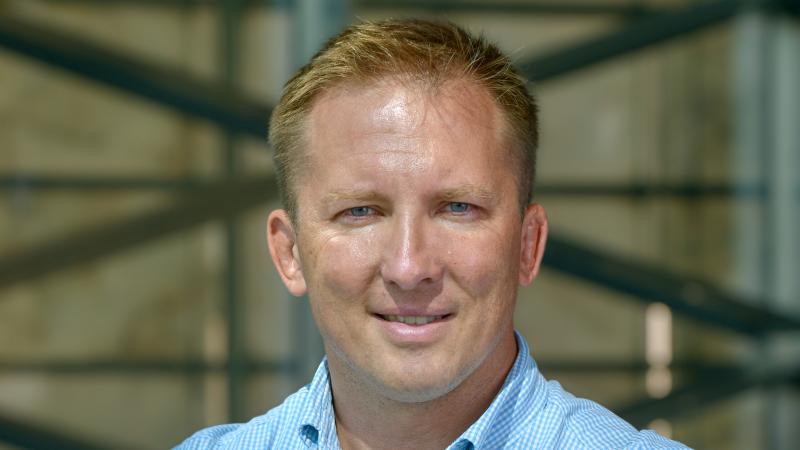Abstract
Classical imaging systems are characterized by the independent design of optics, sensors, and image processing algorithms. In contrast, computational imaging systems are based on a joint design of two or more of these components, which allows for greater flexibility of the type of captured information beyond classical 2D photos, as well as for new form factors and domain-specific imaging systems. In this talk, I will describe how numerical optimization and learning-based methods can be used to achieve truly end-to-end optimized imaging systems that outperform classical solutions.
Brief Biography
Prof. Wolfgang Heidrich is a Professor of Computer Science and the Director of the Visual Computing Center at King Abdullah University of Science and Technology (KAUST). Prof. Heidrich joined KAUST in 2014, after 13 years as a faculty member at the University of British Columbia. He received his Ph.D. from the University of Erlangen in 1999, and then worked as a Research Associate in the Computer Graphics Group of the Max-Planck-Institute for Computer Science in Saarbrucken, Germany, before joining UBC in 2000. Prof. Heidrich’s research interests lie at the intersection of imaging, optics, computer vision, computer graphics, and inverse problems. His more recent interest is in computational imaging, focusing on hardware-software co-design of the next generation of imaging systems, with applications such as High-Dynamic Range imaging, compact computational cameras, hyperspectral cameras, to name just a few. Prof. Heidrich’s work on High Dynamic Range Displays served as the basis for the technology behind Brightside Technologies, which was acquired by Dolby in 2007. Prof. Heidrich is a Fellow of the IEEE and Eurographics and the recipient of a Humboldt Research Award.

